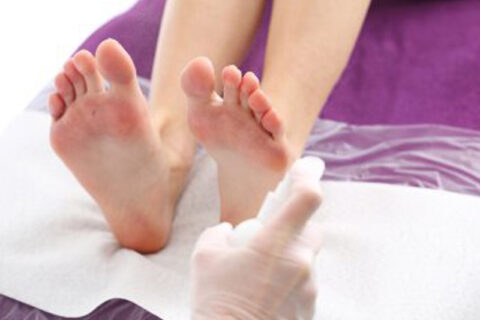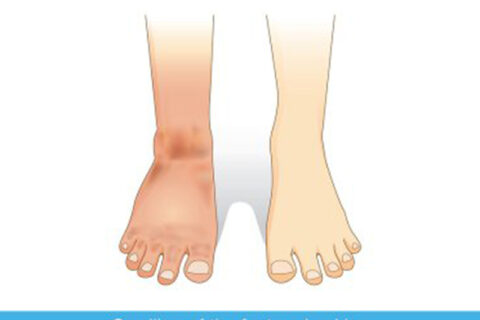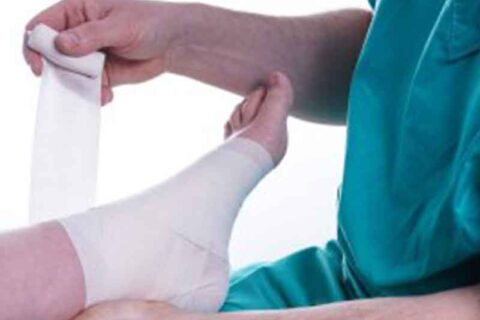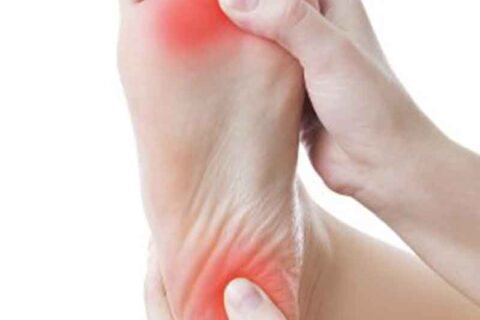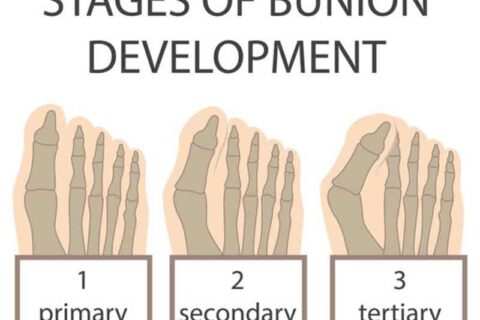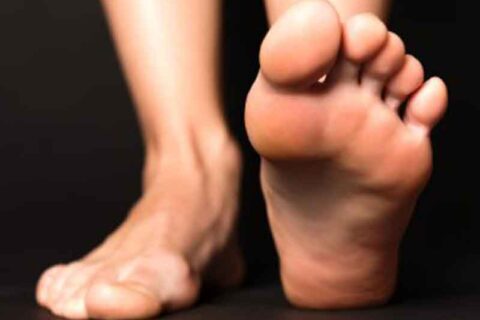Category: Foot Care
Bunions are more than unsightly. They can also be painful and make it difficult to walk or wear shoes. Although bunions are notorious for coming…
Surgery is a common strategy podiatrists use to correct health problems with the feet. Because recovery time from foot surgery can be lengthy,…
Pregnancy causes changes to all parts of your body, including your feet and ankles. There are a number of different complaints women have about…
Referred to by foot specialists as edema, swelling of the foot and ankle can result from a range of factors. Are you thinking about seeing…
If you suffer from foot pain and previously underwent surgery to address that pain, only to find that your pain got worse afterwards, you may need…
Your foot doctor in Sugar Land may recommend reconstructive foot surgery if your symptoms are not relieved by non-invasive methods. There are many…
Foot pain can range from a mild annoyance to severe, debilitating pain that interferes with your everyday activities. If you experience foot pain,…
A tailor’s bunion is another name for a bunionette—a bunion that occurs by the base of the little toe, at the fifth metatarsal. Tailor’s…
When you get pregnant, you may anticipate changes like morning sickness and cravings, but you are likely to be unprepared for the way pregnancy can…
Ganglion cysts form below the surface of the skin and feel like jelly-filled knots. While they are not dangerous, they can be uncomfortable and may…
